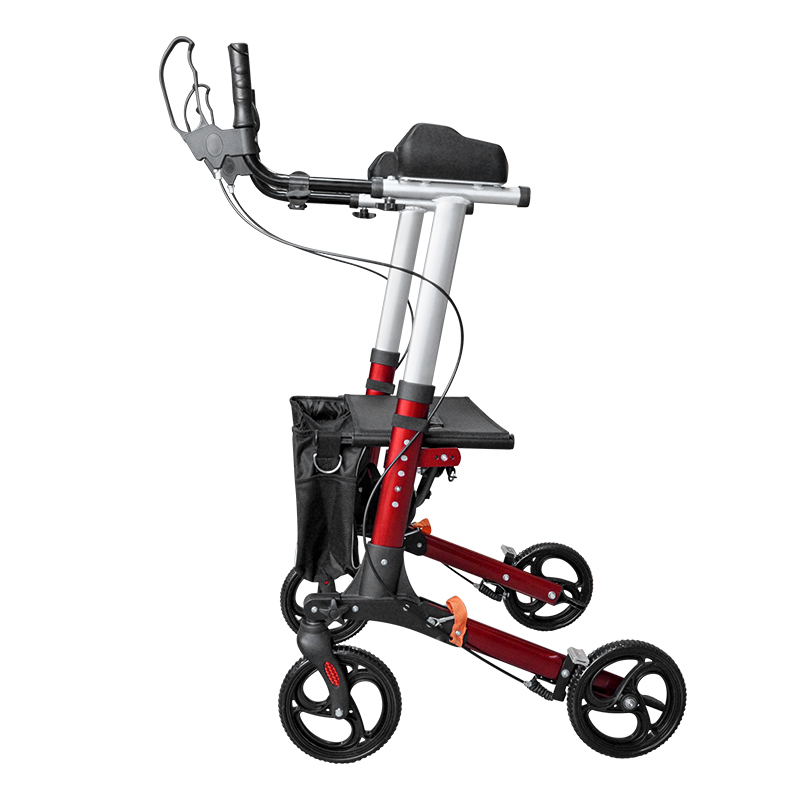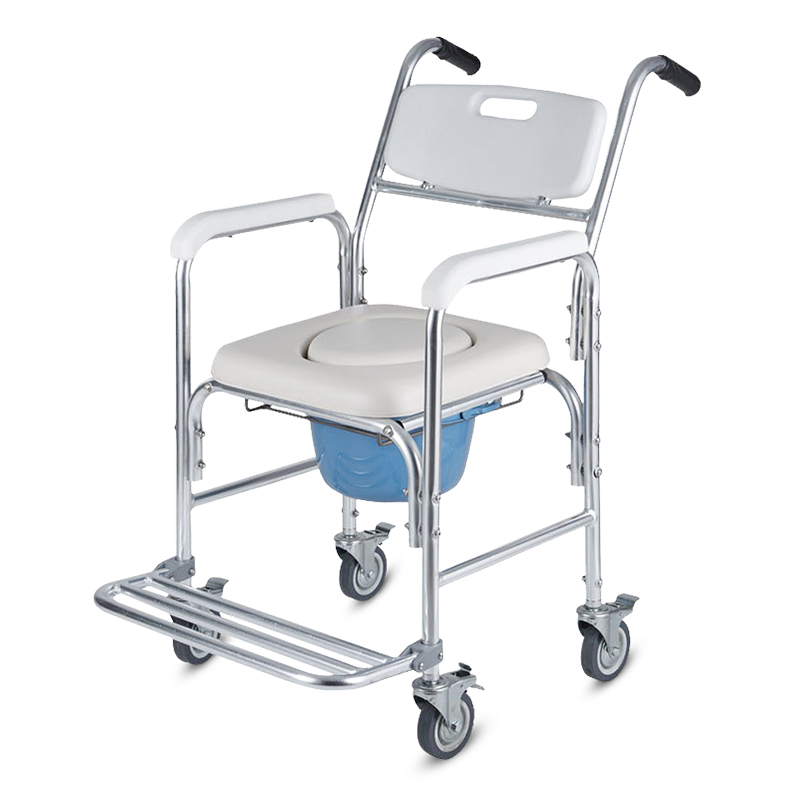Rehabilitation medical devices play a crucial role in assisting individuals with physical limitations to regain their independence and improve their quality of life. Among these devices, step stools stand out as versatile aids with numerous applications across different healthcare settings. In this article, we will explore the significance of rehabilitation medical devices, particularly step stools, in various rehabilitation scenarios.
Understanding Rehabilitation Medical Devices
Rehabilitation medical devices encompass a wide range of tools designed to support individuals with injuries, disabilities, or mobility challenges. These devices serve as aids to facilitate therapeutic exercises, improve functional movements, and enhance overall patient outcomes. Rehabilitation professionals utilize these devices to customize treatment plans for patients undergoing physical therapy, occupational therapy, and other rehabilitation programs.
The Importance of Step Stools in Rehabilitation
Step stools are indispensable in rehabilitation settings due to their versatility and practicality. They are simple structures consisting of one or more steps and are typically made from sturdy materials like metal, wood, or plastic. Their key role lies in promoting safe and controlled stepping movements during rehabilitation exercises.
Benefits of Step Stools in Physical Therapy
In physical therapy, step stools are utilized for various exercises aimed at improving balance, strength, and coordination. They are particularly useful for gait training, helping patients learn to step up and down safely, which is crucial for independent mobility. Additionally, step stools facilitate progressive strengthening exercises, such as step-ups and step-downs, targeting lower extremity muscles.
Step Stools in Occupational Therapy
Occupational therapy focuses on helping individuals regain functional abilities necessary for daily living. Step stools prove invaluable in this domain, as they assist patients in relearning activities like reaching high shelves, climbing stairs, or getting in and out of a bathtub. Occupational therapists utilize step stools to simulate real-life scenarios and improve patients' confidence in performing everyday tasks.
Geriatric Rehabilitation and Step Stools
The geriatric population often faces challenges related to balance and mobility. Step stools play a significant role in geriatric rehabilitation by promoting safe and gradual progress in strength and balance training. Their use in exercises can reduce the risk of falls and increase the independence of elderly individuals.
Step Stools for Neurological Rehabilitation
In neurological rehabilitation, step stools are employed to enhance neuromuscular control and coordination. Patients with neurological conditions often experience difficulties in initiating and executing movements. Step stools provide a stable platform for practicing stepping and weight-shifting exercises, aiding patients in regaining motor control.
Post-Surgery Rehabilitation and Step Stools
Following surgery, patients may experience decreased strength and mobility in the affected areas. Step stools are incorporated into post-surgery rehabilitation to facilitate a safe and gradual return to functional movements. They support patients during exercises aimed at regaining strength and range of motion without putting excessive stress on the healing tissues.
Rehabilitation medical devices, including step stools, are vital tools that contribute significantly to the success of rehabilitation programs. Their versatility and practicality make them indispensable in various rehabilitation scenarios, including physical therapy, occupational therapy, geriatric rehabilitation, neurological rehabilitation, and post-surgery recovery. The appropriate use of step stools, along with other rehabilitation strategies, ensures patients receive comprehensive care and regain their independence to the fullest extent possible.

 English
English Français
Français Español
Español Deutsch
Deutsch














